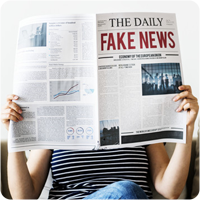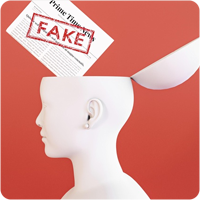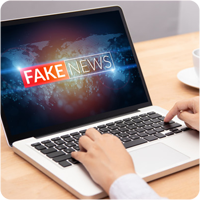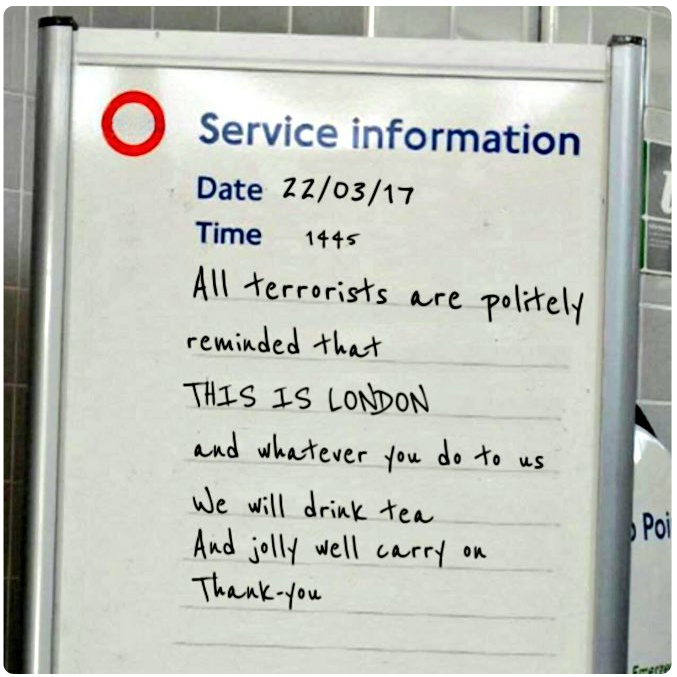Het arrangement What is fake news? v456 is gemaakt met Wikiwijs van Kennisnet. Wikiwijs is hét onderwijsplatform waar je leermiddelen zoekt, maakt en deelt.
- Auteur
- Laatst gewijzigd
- 11-05-2025 22:54:19
- Licentie
-
Dit lesmateriaal is gepubliceerd onder de Creative Commons Naamsvermelding-GelijkDelen 4.0 Internationale licentie. Dit houdt in dat je onder de voorwaarde van naamsvermelding en publicatie onder dezelfde licentie vrij bent om:
- het werk te delen - te kopiëren, te verspreiden en door te geven via elk medium of bestandsformaat
- het werk te bewerken - te remixen, te veranderen en afgeleide werken te maken
- voor alle doeleinden, inclusief commerciële doeleinden.
Meer informatie over de CC Naamsvermelding-GelijkDelen 4.0 Internationale licentie.
Aanvullende informatie over dit lesmateriaal
Van dit lesmateriaal is de volgende aanvullende informatie beschikbaar:
- Toelichting
- Deze les valt onder de arrangeerbare leerlijn van de Stercollectie voor Engels voor vwo, leerjaar 4, 5 en 6. Dit is thema 'Media. Het onderwerp van deze les is: What is fake news? Deze les gaat over media, verschillende soorten verhalen die je op het nieuws kan horen en of je kan vertrouwen dat verhalen wel of niet waar zijn.
- Leerniveau
- VWO 6; VWO 4; VWO 5;
- Leerinhoud en doelen
- Engels;
- Eindgebruiker
- leerling/student
- Moeilijkheidsgraad
- gemiddeld
- Studiebelasting
- 4 uur 0 minuten
- Trefwoorden
- arrangeerbaar, engels, media, stercollectie, v456, what is fake news?

 In this first section we look at what the media actually means, and aspects that it includes. We reflect upon our own interaction with media (including social media) and how important, or not these interactions are.
In this first section we look at what the media actually means, and aspects that it includes. We reflect upon our own interaction with media (including social media) and how important, or not these interactions are.


 With your partner, answer these questions.
With your partner, answer these questions. You are going to read an article about fake news.
You are going to read an article about fake news.




 You are going to write a letter of complaint to the BBC.
You are going to write a letter of complaint to the BBC.
 What have you learnt in this period?
What have you learnt in this period?